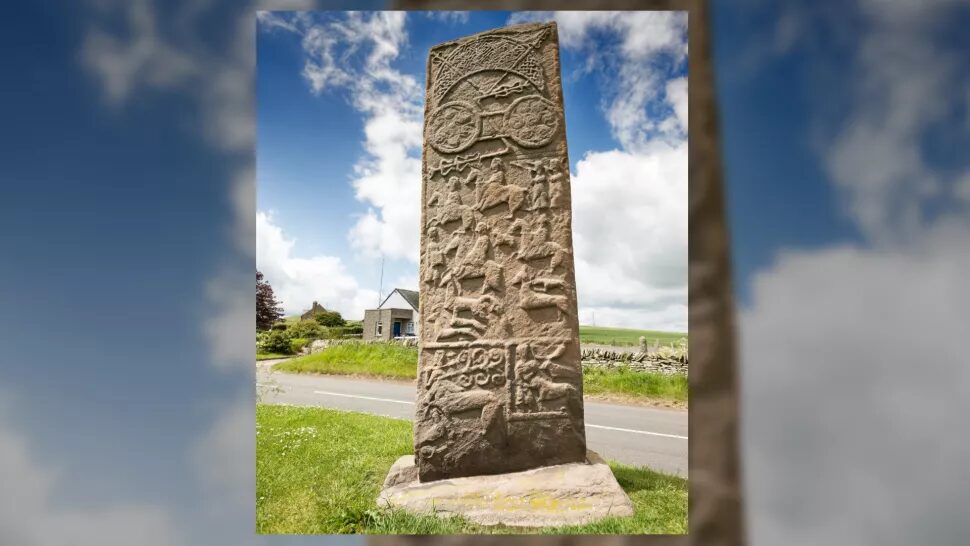
"Picti is a Latin term that literally means 'painted people,"' said Alex Woolf, a medieval historian at the University of St Andrews in Scotland. The term is likely a reference to the prevalent Pictish custom of body painting or tattooing. "At first Picti is a pejorative term used by Romans," Woolf told Live Science. "But when you get to the 'Dark Ages,' perhaps around 600 or 700, it's clear that something has happened, and those tribes have now come to self-identify as Picti."
Roman writers depicted the Picts as fearsome warriors — savage, barbarous, troublesome and backward. While the Celtic people south of modern-day Scotland became Romanized following the Roman conquest of much of Britain in A.D. 43, the people in Scotland remained on the periphery of the Roman Empire, frequently clashing with Roman legions but never entirely succumbing to Roman rule. The Romans, after several failed attempts to conquer the peoples of Scotland, eventually erected barriers — Hadrian's Wall and the Antonine Wall — as ways of keeping the Picts, and their sometime allies, the Scots, out of the south.
The Picts flourished following the Roman withdrawal from Britain around A.D. 400, but by the end of the tenth century A.D., the Picts had seemingly vanished, after merging with the Scots and Gaels, who originally came from Ireland. Recent scholarship is painting a fuller, more realistic picture of the Picts than the one presented by the Romans, and is shedding light on their unique culture and society.
The origin of the Picts
"The Picts are Celtic peoples," Woolf said, "and although there would have been a lot of regional differences, they would have been broadly the same as the other Britons. When we look at the evidence for the Pictish language, which albeit is meager, it is very similar to early Welsh."
There have been few DNA studies of Pictish people, said Woolf. "We only have a few good samples from the Pictish heartland," he said. "So far, there's no suggestion that the Picts are different from the other Britons, but we've only got a handful, probably less than a dozen ancient DNA samples that have been processed and published."
Prior to the current scholarly consensus, the Picts were the subject of much speculation and there was limited evidence about their existence — so much so that for a long time the Picts were known as the "lost people of Europe." Past scholars disagreed about where the Picts originated, how their society was organized and the roots of their language, among other topics. Except for largely enigmatic carved symbols that may represent a written language, the Picts left no written records.
Comment: That have been speculated to depict plasma events which may also help explain their sudden disappearance: Is key to indecipherable Pictish stones to be found in ancient Tibetan symbols?
So most information comes from their adversaries, the Romans, though later sources, such as the Pictish Chronicle and the Anglo-Saxon Chronicle, also mention them. The former is a Pictish king list supposedly written in the tenth century, though most scholars have dismissed it as pseudo-history. The latter was written in the ninth century during the reign of Alfred the Great and is a year-by-year chronicle of events that historians claim is a mix of both history and fantasy.
The first recorded reference, by the Roman orator Eumenius, in A.D. 297, briefly mentioned the Picts in a poem dedicated to the emperor Constantius II (ruled A.D. 337 to 361). Eumenius referred to the "Picts and Hiberni [Irish]," as intractable enemies of the Romans. According to World History Encyclopedia, the Roman writer Tacitus (A.D. 56 to circa 120) also mentioned the Picts in his historical writings, though he used the term "Caledonians" rather than Picts. He described them as "red-haired" and "large-limbed," and wrote that they were possibly of Germanic origin.
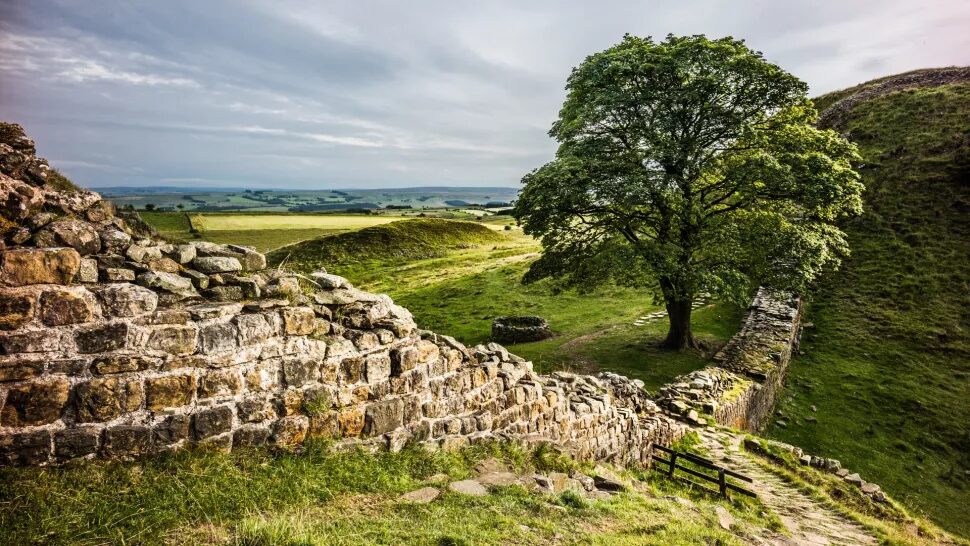
St. Bede the Venerable, an Anglo-Saxon monk and writer who lived in the eighth century, described the Picts in "The Ecclesiastical History of the English People." In this work, a history of Britain from the Roman invasion in A.D. 43 to 731, Bede claimed that the Picts originally sailed from Scythia (the vast steppes of Eurasia east of the Black Sea) and landed in Ireland. The Irish denied them settlement, so the Picts moved on.
The Picts then sailed over into Britain and began to inhabit the northern parts, for the Britons possessed the southern parts. The Picts had no wives and so asked the Scots for them; they would only give them on the condition that when any question of succession should arise, they should choose a king from the female royal line rather than from the male: this custom, as is well known, has been observed among the Picts to this day.
Geoffrey of Monmouth, the 12th-century medieval chronicler who wrote the influential but highly fanciful book "The History of the Kings of Britain," also claimed that the Picts originally came from Scythia. Echoing the work of Bede, Geoffrey described how, during the reign of Claudius, the Picts arrived in a fleet of ships commanded by their leader Rodric during the reign of a legendary British king named Marius. According to Geoffrey, Rodric landed in the north of England and began to ravage the country. Marius defeated the Picts in a battle but afterward allowed them to stay, giving them the province of Caithness, in the far northeast of Scotland.
Pictland, a map of where Picts lived
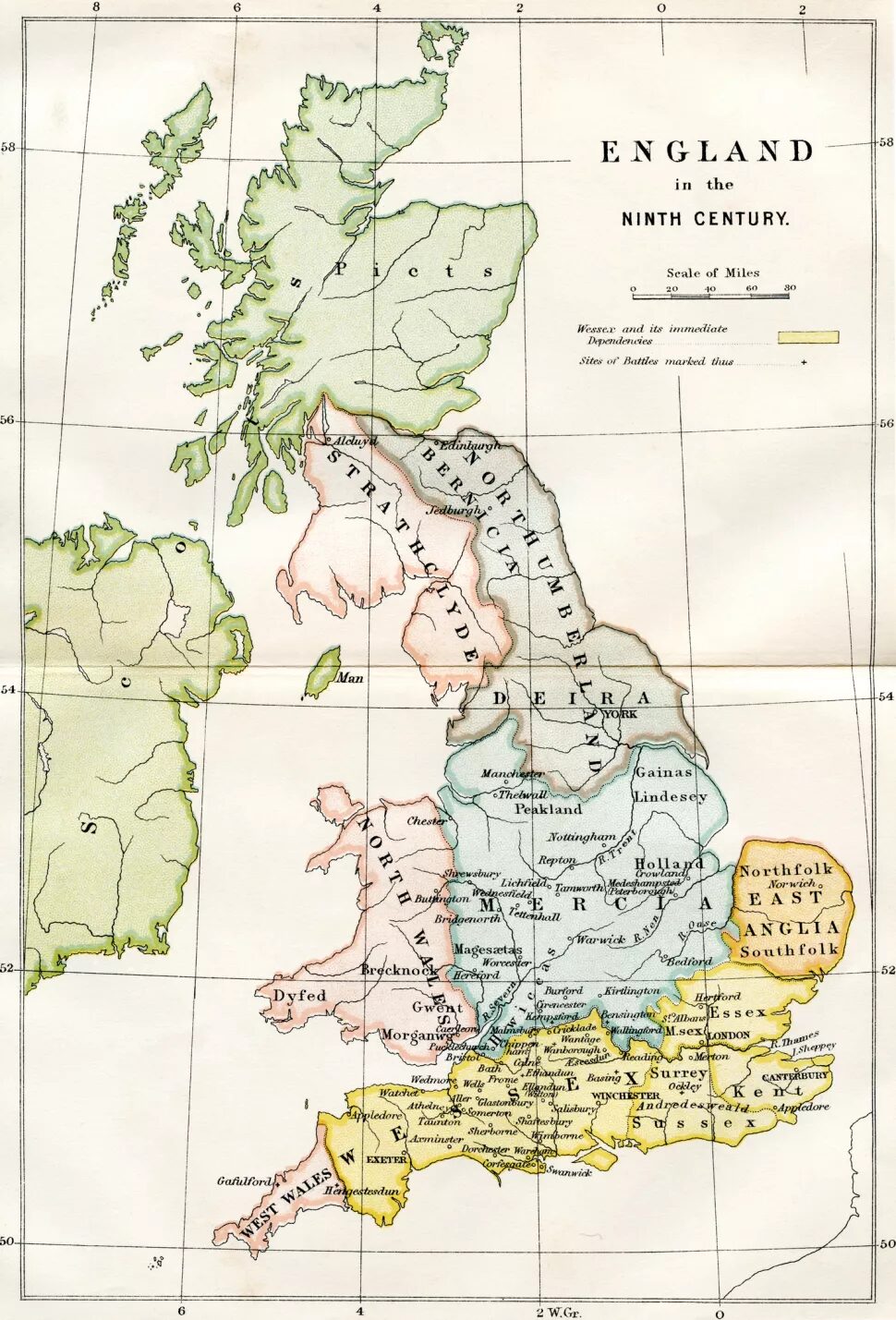
"Pictland was north of the Firth of Forth but didn't extend all the way to the west coast," Woolf said. "We know there were Gaelic-speaking Scots, who were ethnically the same as the Irish, in what is now Argyll [a region in the southwest of Scotland]. But the jury is still out as to whether the Picts occupied the northern part of the west coast."
The heartland of Pictish territory was centered in two major areas, Woolf said. One was in the Tay Valley, in the eastern midlands of modern Scotland, around the city of Perth. The other was east of the city of Inverness, in the modern county of Morayshire. It was here that the kingdom of Fortriu developed.
"Fortriu became the dominant kingdom in the late seventh century," Woolf said. "The idea of a unified Pictish kingdom was probably the result of the kings of Fortriu extending their rule over other people."
Pictish society
According to World History Encyclopedia, the early Picts were tribal peoples who lived in small, tightly knit communities consisting of families belonging to a single clan. Each clan may have had a chieftain, or multiple chieftains, and was likely relatively politically autonomous from other clans. "These tribes probably didn't have single kings," Woolf said. "What the Roman sources seem to suggest is that in times of trouble, one of multiple chiefs in each tribe would be elected as a war leader."
The Picts were farmers who sowed crops such as oats, rye, barley and wheat, and herders who raised cattle, sheep and pigs. They also hunted and fished, and possibly engaged in cattle raiding with rival tribes.
Comment: But for some, as of yet unexplained reason, there's little evidence of them eating fish: Why did Scotland's coastal, seafaring Picts avoid eating fish?
The archaeological site of Rhynie, which dates from the fourth to the sixth centuries A.D., was a large Pictish settlement, and its study by archaeologists has shed much light on the everyday lives of the Picts and their material possessions. Researchers uncovered turf and timber structures during excavations, as well as numerous artifacts including pins, brooches, one of the largest collections of metalworking from early medieval Britain, wine amphorae (earthenware jars) imported from the eastern Mediterranean, and shards of glass drinking beakers from France. These latter items suggest that the Picts were far from the backward barbarians described by the Romans, and were involved in vast trade networks that encompassed continental Europe and the Middle East.
Over the sixth to eighth centuries, the Picts developed something similar to a permanent monarchy, but it was probably not very stable, according to Woolf. "It's not like a late medieval kingdom," Woolf said. "It also appears that kingship was not passed on from father to son. It's only during the middle of the ninth century when someone who is recognizably the son of a previous king becomes a king."
An important legacy of Pictish culture are the large standing stones, called symbol stones, that dot the Pictish heartland. These are typically carved or incised with distinctive symbols or designs representative of Pictish art, and include pictures of animals, warriors or mythic beasts. Most of the symbol stones date from the seventh to the ninth centuries, said Woolf, though a few might date earlier, perhaps to the sixth century.
"They are found in pairs scattered across the region that we think politically was controlled by the Picts, north of the Forth and the eastern side of Scotland," Woolf said. "Some scholars think they may have represented a kin group, or maybe a tribal identity or something of that sort. I tend to think we're never going to know unless we find some written reference to them in a medieval document."
Pictish history: Rome and Christianity
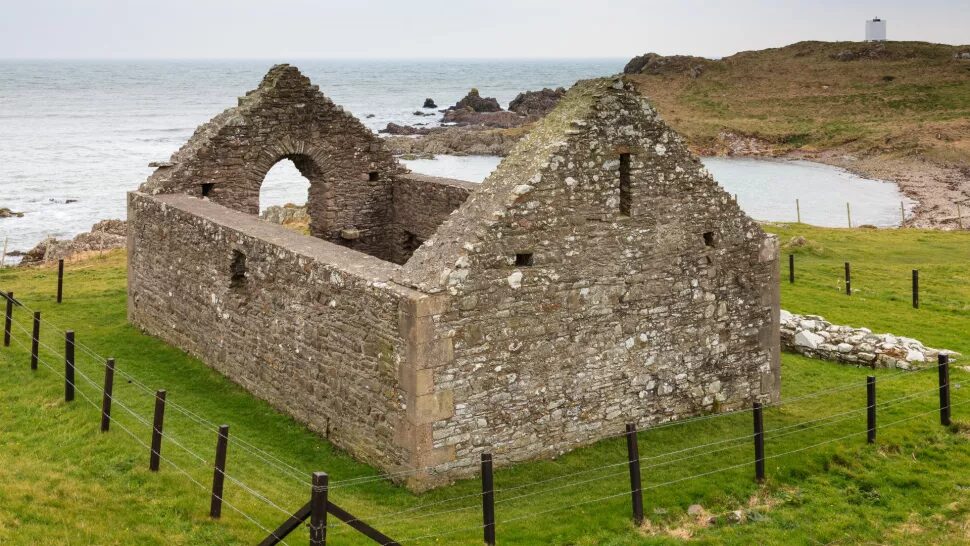
Many historians claim that the Roman victory at Mons Graupius was exaggerated and that Agricola withdrew south after the battle. After that time, there were a few attempts to bring northern Britain into the empire but all these failed, and as a result, the Romans shifted from a strategy of invasion to containment and never again attempted to conquer the far northern frontier. Hadrian's Wall was constructed in A.D. 122 in what is now northern England and the Antonine Wall, located farther north, was built in A.D. 142.
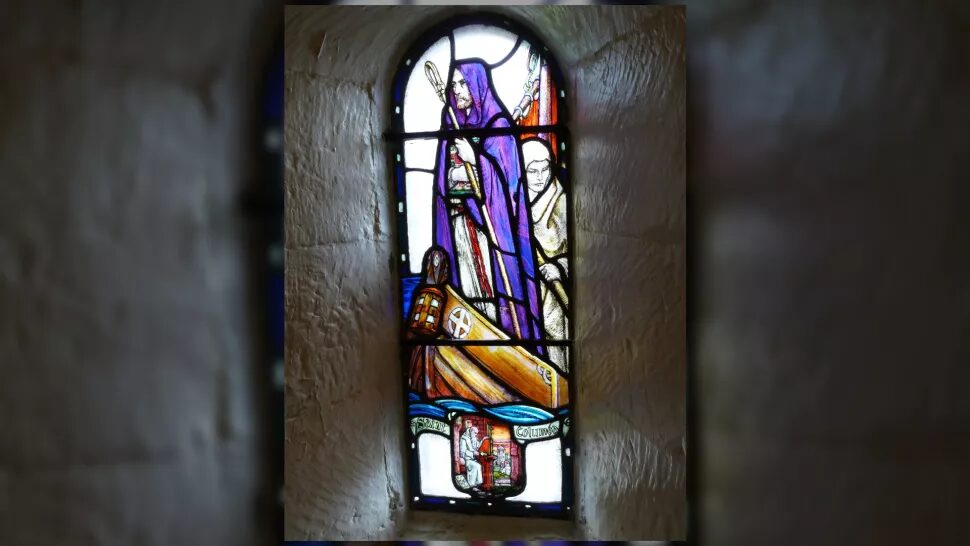
Comment: One wonders whether they converted to what's thought to be Celtic Christianity, or Roman Chrisitianity.
This was accomplished in the late sixth century and largely resulted from the efforts of two missionaries, St. Ninian and, especially, St. Columba, Woolf said. St. Ninian is credited with converting the southern Picts to Christianity, while St. Columba, who originally came from Ireland to Scotland in A.D. 563, is traditionally known for converting the kings of Pictland to Christianity. St. Columba is also known for founding the famous monastery on the island of Iona. The story of St. Columba's life was recorded in "The Life of St. Columba," by St. Adamnan (circa 628 to 704).
In the early fifth century A.D., the Romans left the British Isles when the Roman legions were recalled to Italy from afar as Germanic tribes, such as the Visigoths and Franks, threatened the empire's former capital, Rome (Ravenna was then the capital of the Roman Empire). At the same time, other Germanic tribes — the Angles, Jutes, Saxons and Frisians — invaded the southern and eastern parts of England, while the Scots and Gaels, originally tribal peoples from Ireland, invaded western Scotland in the sixth century.
Comment: 536AD is known to be a period that great catastrophies and societal upheaval greeted much of Europe: 536 AD: Plague, famine, drought, cold, and a mysterious fog that lasted 18 months
Pictish kings versus Anglo-Saxons and Vikings
In the centuries following the Romans' departure, Scotland was divided between the Picts in the northeast and the Scots and Gaels in the west. The Anglo-Saxon kingdom of Northumbria, which formed in the seventh century and encompassed northern England as well as parts of southern Scotland, also played an important role in Scottish history. For much of the seventh century, Northumbria was the most powerful kingdom in the British Isles, and the Pictish kingdoms were its vassals. This changed under the reign of Bridei mac Beli, also known as King Bridei III, a Pictish king of Fortriu, who embarked on a campaign of defeating his Pictish rivals and creating a unified Pictish kingdom. He defeated the Northumbrians at the Battle of Dun Nechtain in A.D. 685. According to World History Encyclopedia, the battle broke Northumbria's power and secured the borders of the lands of the Picts which, later, would become Scotland.
Bridei mac Beli died in A.D. 706. His death ushered in an unstable period in Scottish history, as the kings of Pictland fought a series of wars against the Scots of Argyll, known as the kingdom of Dál Riata. These wars ended in A.D. 793 when a Pictish king, Constantin mac Fergal, placed his son Domnall (also called Donald) on the throne of Dál Riata. Constantin mac Fergal is credited with uniting the Picts and Scots and was the first Scottish ruler to be known as Ard Righ, or "High King," of the Scots, according to World History Encyclopedia.
But the Picts and Scots soon faced another threat. During the early ninth century, Viking warriors raided Scotland with increasing regularity.
Comment: Except that there are questions over whether Vikings were the 'raiders' we've been led to believe they were: Vikings beat Portugal to the Azores, new study reveals
At first, these were simply smash and grab raids, but soon the Vikings became intent on settling. This threat succeeded in unifying the Picts and Scots, according to World History Encyclopedia, and several Scottish and Pictish rulers fought battles against the Vikings.
During this period, Cináed mac Ailpín, better known in Scottish history as Kenneth MacAlpin, rose to power. Even more so than Constantin mac Fergal, from whom he was likely descended, Kenneth MacAlpin succeeded in unifying the Scots and Picts and laying the groundwork for a united Scottish nation. He came to the throne in A.D. 843 and, according to World History Encyclopedia, extended his kingdom by the time of his death in A.D. 858 farther than any other monarch before him. Many scholars point to the ascension of Kenneth MacAlpin and his immediate descendants as the beginning of the end of Pictish culture in Scotland.
The various Scottish chronicles do not mention the Picts after the A.D. 870s, Woolf said. Instead, the term "Scots," which previously referred solely to the people of Argyll, is used to refer to the people of Scotland. This was probably the result of two developments: the loss of the Pictish language and the increasing influence of the Irish church, which emphasized Scots culture.
"In Scotland, the Pictish language disappeared completely and the Gaelic language, which is a dialect of Irish, became the dominant language," Woolf said.
The increasing cultural influence of the Irish church, Woolf added, likely played a role as well. The Irish church emphasized Scots and Gaelic culture rather than Pictish culture, and this likely had an influence on the Pictish people, perhaps the aristocracy first and then the common people, who gradually adopted Scots' culture.
But the Picts did not simply vanish, Woolf noted. What occurred was a gradual assimilation. Pictish kingdoms became Gaelic, and their people adopted the Scots/Gaelic language and culture.
Additional resources
- Listen to a discussion about the Picts on the BBC program "In Our Time."
- Read Current Archaeology's article about the Problem of the Picts.
- Learn about Pictish symbol stones at the Smithsonian.
- Towrie, S., (1996-2022) "Who were the Picts?" Orkneyjar http://www.orkneyjar.com/history/picts/
- Mark, J., (2019) "Picts." World History Encyclopedia https://www.worldhistory.org/picts/
- University of Chicago, (1940) "Ammianus Marcellinus, Roman Antiquities, Book XX." http://penelope.uchicago.edu/Thayer/E/Roman/Texts/Ammian/20*.html
- Editors of the Encyclopaedia, (2021) "Saint Bede the Venerable" Encyclopedia Britannica. https://www.britannica.com/biography/Saint-Bede-the-Venerable
- Geoffrey of Monmouth, translated by Thompson, A. (1999). History of the Kings of Britain https://www.yorku.ca/inpar/geoffrey_thompson.pdf
- New World Encyclopedia, (n.d.) "Picts." https://www.newworldencyclopedia.org/entry/Picts accessed 04/24/2022
- Ravilious, K. (2021) "Land of the Picts." Archaeology https://www.archaeology.org/issues/441-2109/letter-from/9932-scotland-picts
- Tacitus, P. C., translated by Kline, A. S. (2015) "The Life of Julius Agricola." https://www.poetryintranslation.com/PITBR/Latin/TacitusAgricola.php#anchor_Toc406591773
- Mark, J., (2014) "Picts." World History Encyclopedia https://www.worldhistory.org/picts/
- Mark, J., (2015) "Tacitus' Account of the Battle of Mons Graupius." World History Encyclopedia https://www.worldhistory.org/article/776/tacitus-account-of-the-battle-of-mons-graupius/#google_vignette
- Editors of the Encyclopaedia, (2021) "St. Columba, Christian Missionary." Encyclopedia Britannica. https://www.britannica.com/biography/Saint-Columba
Tom Garlinghouse is a journalist specializing in general science stories. He has a Ph.D. in archaeology from the University of California, Davis, and was a practicing archaeologist prior to receiving his MA in science journalism from the University of California, Santa Cruz. His work has appeared in an eclectic array of print and online publications, including the Monterey Herald, the San Jose Mercury News, History Today, Sapiens.org, Science.com, Current World Archaeology and many others. He is also a novelist whose first novel Mind Fields, was recently published by Open-Books.com.
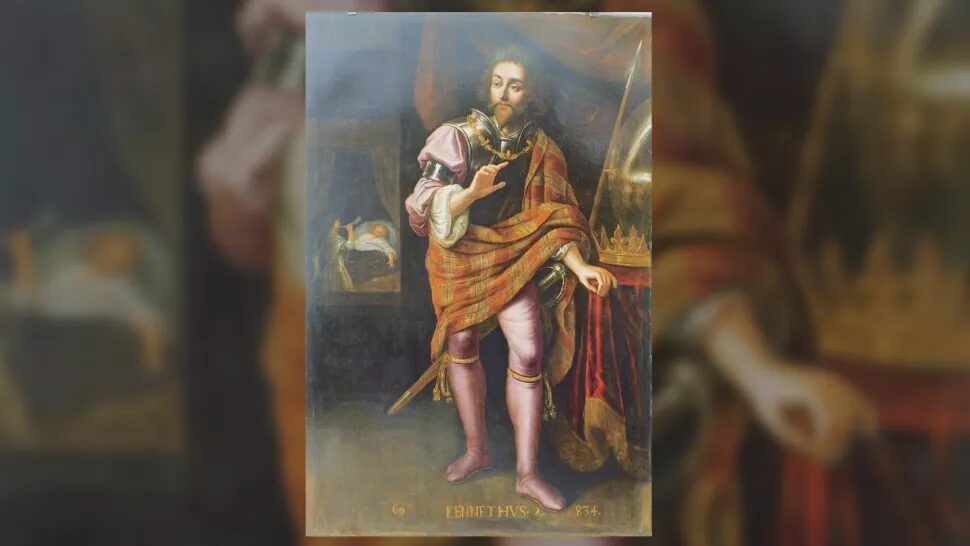



Comment: See also: Sophisticated, artistic, trading internationally: What the Culduthel dig tells us about Scotland's pre-historic Highlanders